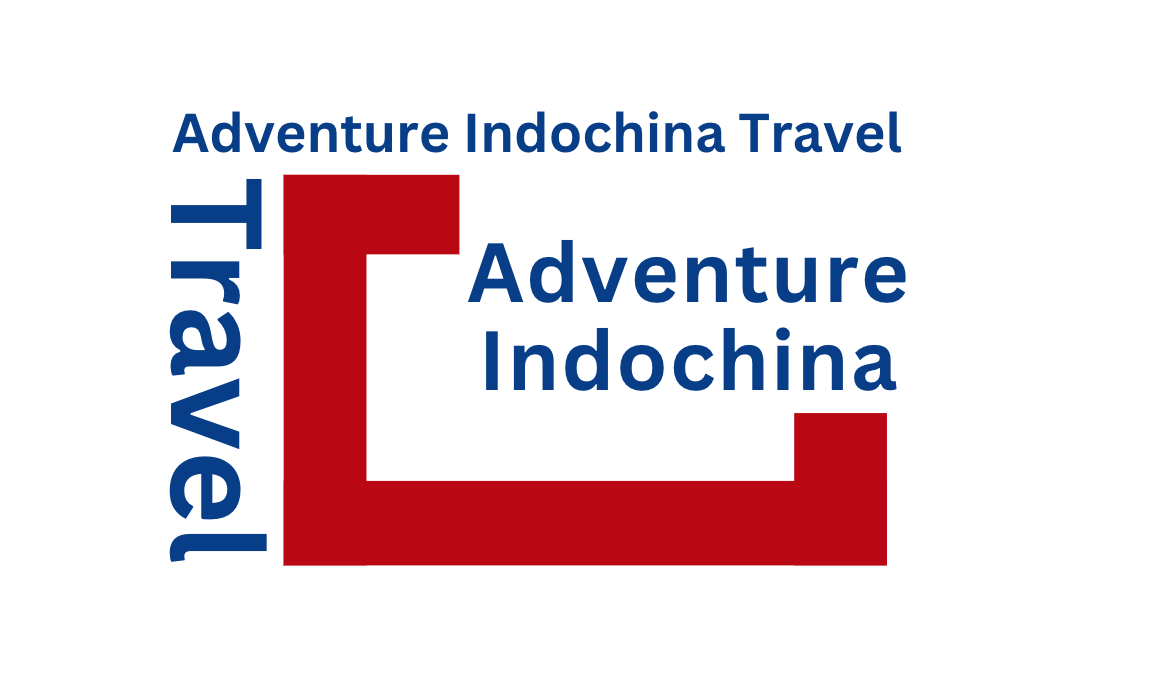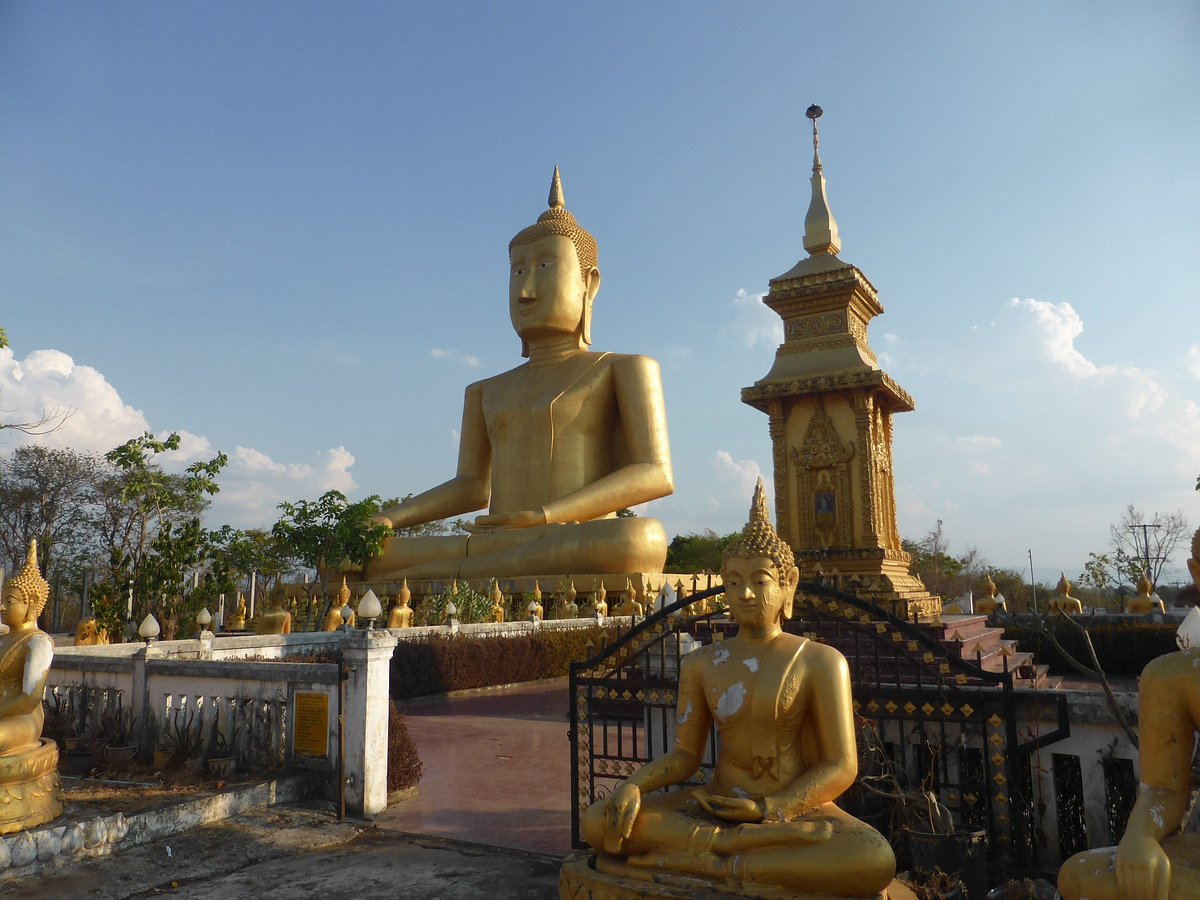
Introduction to Laos
Laos is a peaceful and independent nation governed by a progressive communist system that embraces religious tolerance and continues to modernize through urbanization and industrial development. The fall of the Soviet Union likely accelerated these reforms. Despite being a one-party state, Laos has undergone significant decentralization and maintains steady economic growth, largely supported by neighboring China and Vietnam. Since joining the World Trade Organization (WTO) in 2013, Laos has taken further steps toward integrating with the global economy.
While infrastructure development is still catching up—especially in rural regions affected during the monsoon season—the country’s charm, natural beauty, and cultural richness continue to draw an increasing number of travelers. Agriculture remains the backbone of the economy, accounting for 75% of employment and a quarter of GDP. The fertile Mekong Valley is the heart of agricultural activity, while the mountainous regions are home to subsistence-based communities.
Geography
Nicknamed the “Land of a Million Elephants,” Laos may no longer have its famed elephant population, but it still boasts stunning landscapes and rich biodiversity. Most Laos tours will introduce visitors to its untouched wilderness, misty mountains, and tranquil river valleys.
Laos is the smallest nation in Indochina, spanning just under 240,000 square kilometers, much of which is rugged and mountainous. Its population of around 7.2 million is concentrated mostly in the lowland regions of the south. A landlocked country, Laos shares borders with China (north), Myanmar (northwest), Thailand (west), Cambodia (south), and Vietnam (east).
People and Culture
The Lao Loum ethnic group makes up around 67% of the population, with Lao Theung, Lao Soung, and smaller Vietnamese and Chinese communities adding to the country’s cultural mosaic. Laos has a long history of invasions and influence from its neighbors, and it was under French colonial rule until gaining independence after World War II.
Cuisine
Laotian food is a delightful reflection of its environment and neighbors. While similarities exist across Southeast Asia, visitors will notice distinct culinary traditions. Sticky rice is a staple, often served in a basket and eaten by hand—rolled into small balls and paired with flavorful accompaniments. Pork, chicken, beef, and fish are common, often prepared with herbs, chilies, and fresh vegetables.
Travelers on guided Laos itineraries may have many meals arranged in advance, but exploring local markets and sampling street food is one of the country’s true pleasures. With high turnover and fresh ingredients, the food stalls offer a delicious and authentic taste of Laotian life.
Festivals and Events
Buddhism is deeply woven into daily life in Laos, although many people also follow animist traditions. Visitors are often lucky to witness one of the many vibrant festivals held throughout the year:
- January: Pha Wet – Celebrating the life of Buddha (date varies).
- February: Magha Puja – Full Moon ceremony honoring Buddha’s teachings. Vietnamese Tet and Chinese New Year also fall around this time.
- March: Buon Khoun Khao – A joyful harvest festival.
- April: Buon Pimai – Lao New Year, celebrated over several festive days.
- May: International Labour Day and the spectacular Rocket Festival (Boun Bang Fai), calling for rain.
- June/July: Children’s Day and in August, Haw Khao Padap – A time to honor the dead.
- October: Awk Watsa – The end of Buddhist Lent, followed by Bun Nam, the exhilarating Water Festival.
- November: Buon That Luang – A grand religious celebration, especially prominent in Vientiane.
- December 2: National Day – Commemorating the 1975 communist victory.



